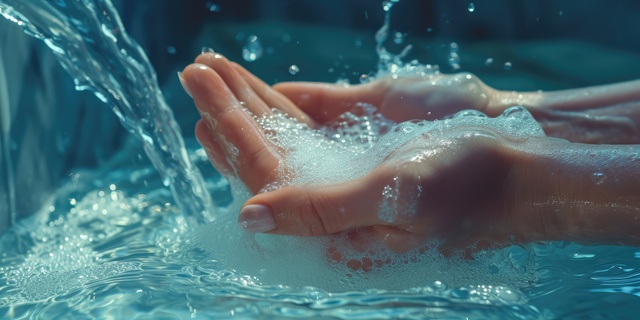A closer look at ablutophobia reveals serious implications for personal hygiene and mental health, highlighting the need for effective treatments.
Ablutophobia, an intense fear of bathing, is more than just a quirky dislike for water; it’s a significant anxiety disorder that can disrupt everyday life. While commonly noticed among toddlers, this phobia can persist into adulthood or emerge later in life. Amy Braun, PhD, a licensed clinical professional counsellor, and Kevin Chapman, PhD, a licensed clinical psychologist, provide insights into this debilitating condition.
Ablutophobia encompasses a profound, irrational fear of bathing that often leads to panic and anxiety. This fear is not only about the act of bathing but extends to any related stimuli such as bathrooms, bathtubs, or even sprayers. “The key is that it causes significant distress or impairs functioning in one or more areas,” explains Dr Chapman. This condition falls under the umbrella of specific phobias, which are characterized by extreme and irrational fears towards objects or situations that pose little to no actual danger.
Embed from Getty ImagesSymptoms of ablutophobia are severe and can manifest physically through rapid heartbeat, sweating, difficulty breathing, and intense feelings of dread when thinking about or encountering bathing scenarios. The avoidance behaviour seen in ablutophobia is profound, with individuals going to great lengths to evade bathing. This avoidance can significantly impact daily functioning and quality of life.
Despite its severe implications, ablutophobia is exceedingly rare, with less than one per cent of the general population estimated to experience this phobia. It is not officially recognized in the Diagnostic and Statistical Manual of Mental Disorders (DSM-5-TR) but can be part of a broader diagnosis of anxiety disorders or related conditions.
The diagnosis process involves a clinical interview where a mental health professional assesses the history of the fear, its impact on the individual’s life, and other psychological aspects. A key factor in diagnosing ablutophobia is distinguishing it from non-clinical fears, which do not disrupt life significantly.
The origins of ablutophobia can vary. In children, traumatic experiences related to water such as near drowning or overly forceful bathing can trigger this phobia. Adults may develop it after traumatic incidents like sexual assaults. Observational learning from fearful parents or siblings and negative information about bathing can also contribute to the development of this phobia.
Treating ablutophobia effectively involves cognitive behavioural therapy (CBT), particularly through exposure therapy, where individuals confront their fears in a controlled manner to learn new, non-threatening associations with bathing. Cognitive restructuring, another CBT technique, helps challenge and change the irrational thoughts that fuel the phobia.
For young children experiencing ablutophobia, gradual exposure combined with making bath time enjoyable and giving them control over bathing conditions can significantly help. Parents should maintain a calm and positive demeanour to help reduce the child’s anxiety.
